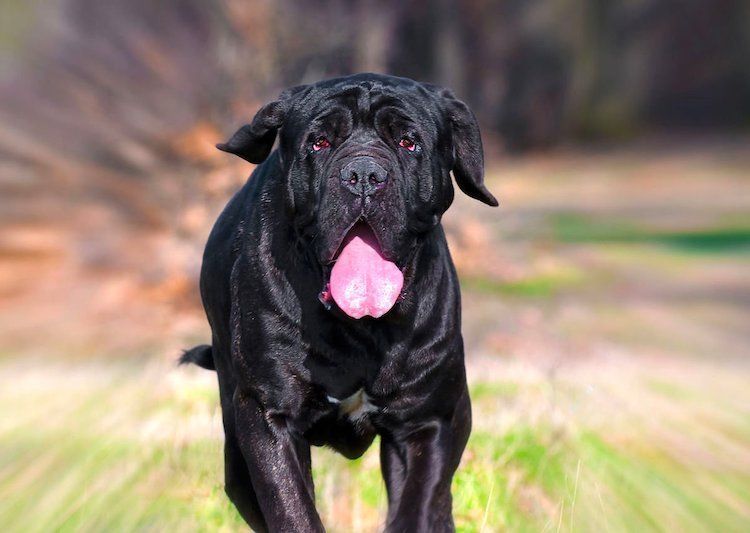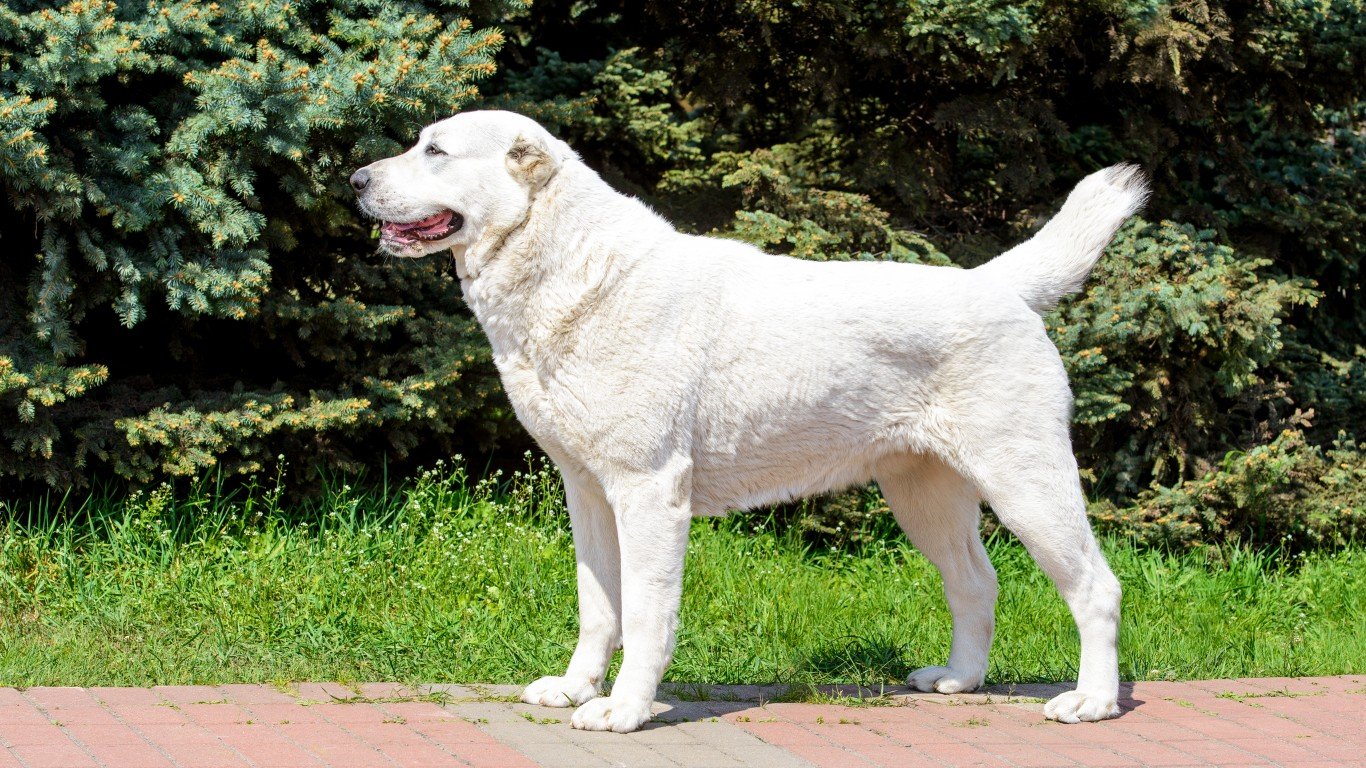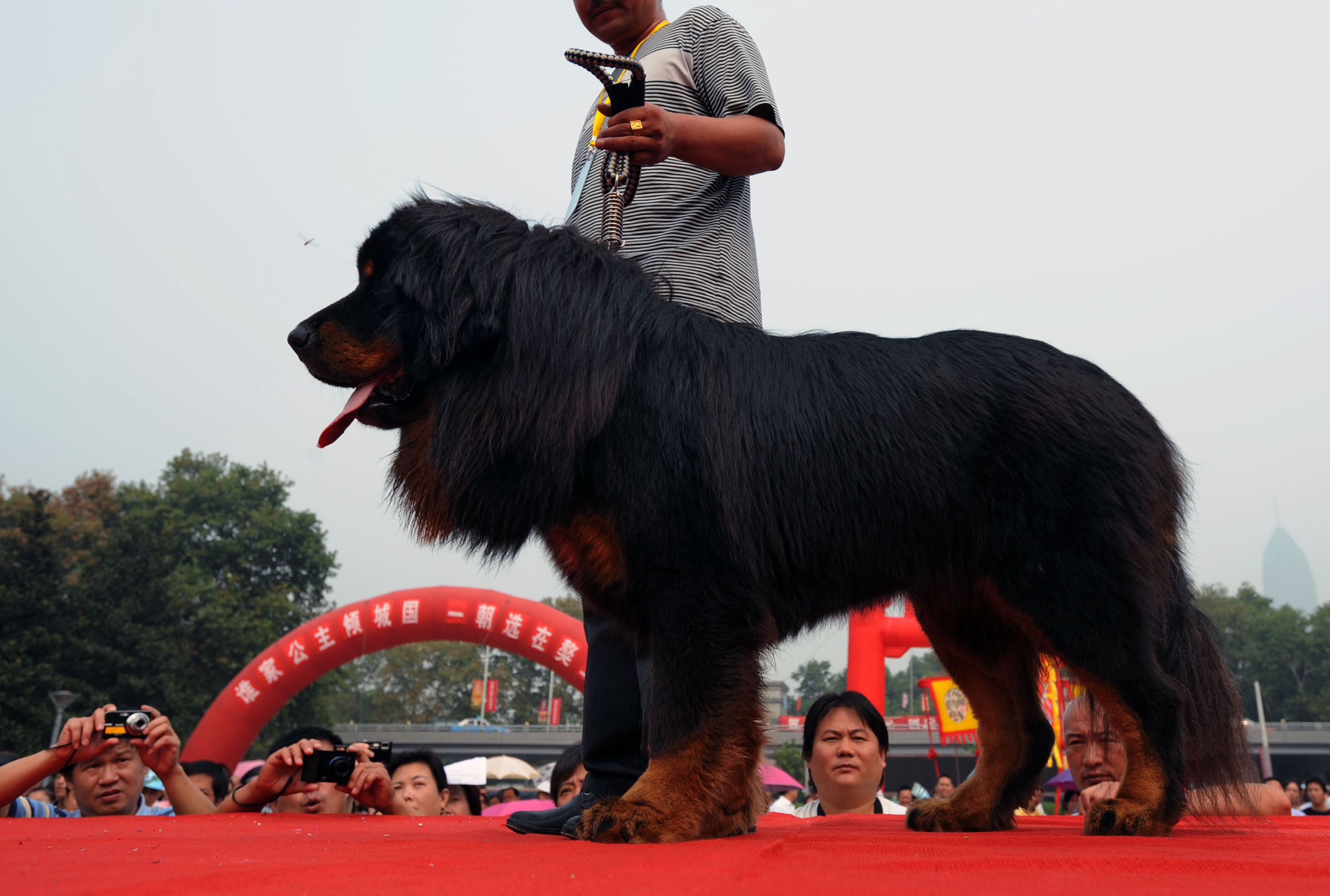

There are over 340 dog breeds known throughout the world. Once approved by the AKC, a standard becomes both the breeder’s “blueprint” and the instrument used by dog show judges to evaluate a breeder’s work. The AKC standard for each breed originates with a “parent club,” the AKC-recognized national club devoted to a particular breed. So, then, when is a breed a breed and not just a kind or type of dog? The simplest way to define a breed is to say it always “breeds true.” That is, breeding a purebred Irish Setter to another purebred Irish Setter will always produce dogs instantly recognizable as Irish Setters.Įach breed’s ideal physical traits, movement, and temperament are set down in a written document called a “breed standard.” For example, the breed standard sets forth the traits that make a Cocker Spaniel a Cocker Spaniel and not a Springer Spaniel. All three have a distinct family resemblance, but you’d never mistake one for another. The Greyhound, for instance, was the foundation type for the immense Irish Wolfhound and the dainty Italian Greyhound. Eventually, there emerged specific breeds of dogs, custom-bred to suit the breeders’ local needs and circumstances. The sleek Greyhound types bred to chase fleet-footed prey, and the huge mastiff types used as guard dogs and warriors, are two ancient examples of dogs bred for specific jobs.Īs humans became more sophisticated, so did their dogs. Hunting, guarding, and herding are thought to be among the earliest jobs eagerly performed by the animal destined to be called “man’s best friend.”įor thousands of years, humans bred dogs toward the physical and mental traits best suited for the work expected of them. From the beginning, humans purposefully bred dogs to perform various tasks. The earliest dog breeders used wolves to create domestic dogs. Some people, however, still argue that there were indeed instances of Saint Bernards delivering small kegs to the people they rescued.People have been breeding dogs since prehistoric times.

MASSIVE DOG BREEDS PLUS
On the other hand, female Mastiffs can measure 27 or 28 inches plus and weigh between 120 and 170 pounds. It originally began when a fan of the breed drew one of the dogs with a keg around its neck, and firmly caught on afterwards. Male Mastiffs can grow up to 32 inches and weigh between 160 to 230 pounds. The idea that Saint Bernards carried kegs of brandy around their necks to lost travelers in the Alps is now recognized as a myth. Their impressive strength also renders them easily able to deliver packages of food and water to those in need of rescue, helping them regain the strength for their journey back to safety. This dog has been said to be able to smell and track lost people buried underneath as much as 20 feet of snow, making them prime candidates for avalanche rescue missions. Bernard Hospice to locate lost travelers and escort them to safety. The gorgeous Saint Bernard dog was used by the monks of St.

Signature trait: Astounding sense of smell, strong working drive Natural ears have been allowed into dog show rings as well. Many people have come to the understanding that it provides no benefit to the dog, and are opting for natural ears rather than a painful and unnecessary cosmetic procedure. While all show rings used to require that a Great Dane’s ears be cropped in order to make them stand erect, this practice is being phased out. Its friendly nature makes it a wonderful, laid-back indoor companion. As with many other guardian breeds, these dogs must be properly socialized in order to keep them from being overly suspicious of strangers.ĭespite its protective nature, the Great Dane often prefers the life of a couch potato. Originally bred as a guard dog and boar hunter, Great Danes remain strong and protective. With iconic characters like Scooby Doo and Marmaduke well established in popular culture, most people have heard of the majestic Great Dane. Signature trait: Laid-back yet protective nature This massive dog also boasts an impressive level of intelligence, and is an unusually fast learner. However, should conflict and the need to defend its family arise, the Neapolitan Mastiff won’t hesitate to jump to the front lines. Intruders are never excused by Neapolitans, and often the mere appearance of such an imposing canine is more than enough to deter would-be assailants. This dog is rarely aggressive without cause, although it can be overly suspicious and unfriendly towards strange people and dogs if not appropriately socialized during puppyhood.

Neapolitan Mastiffs can experience separation anxiety when kept apart from their families, and exhibit an exceptionally protective nature. This large, noble-looking dog is best suited for a family who will be available to spend time providing lots of engagement and attention. Signature trait: Deep facial folds, noble and affectionate personality


 0 kommentar(er)
0 kommentar(er)
